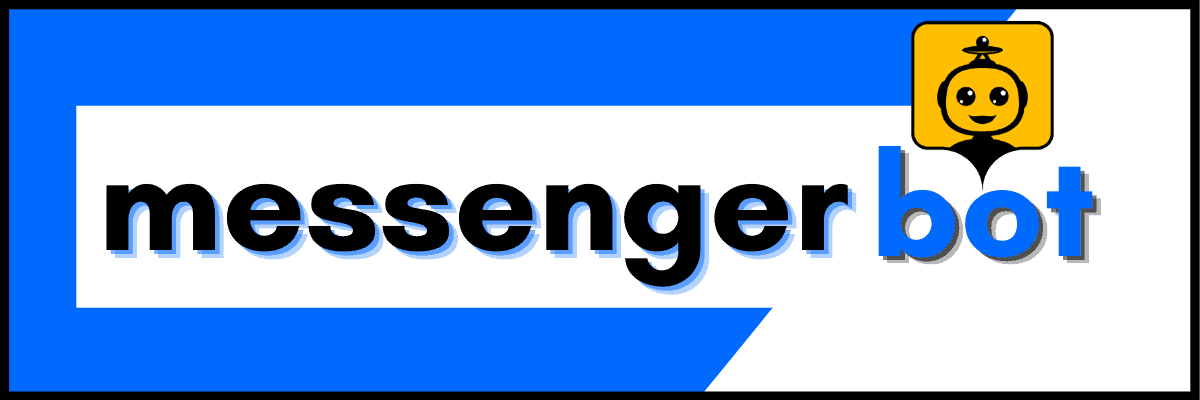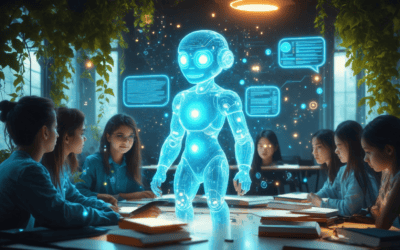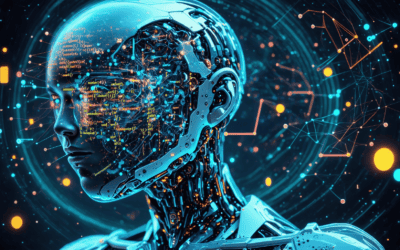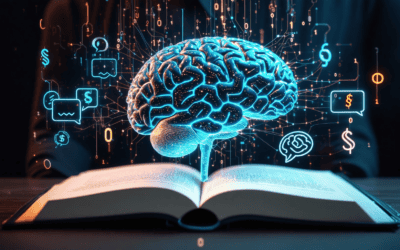In the rapidly evolving landscape of artificial intelligence, chatbot builders have emerged as powerful tools for businesses and developers alike. Whether you’re a seasoned programmer or a novice entrepreneur, finding the right chatbot builder can be the key to unlocking seamless customer interactions and streamlined operations. This comprehensive guide will navigate you through the world of AI-powered chatbot creators, exploring the best platforms, free options, and advanced features like ChatGPT integration. From understanding the fundamentals of chat bot builders to mastering the art of creating your own AI assistant, we’ll equip you with the knowledge to choose the perfect chatbot builder platform for your unique needs. Dive in to discover how these innovative tools are revolutionizing digital communication and learn how to harness their potential for your business success.
Understanding Chatbot Builders
Chatbot builders have revolutionized the way businesses interact with their customers online. As a leading chatbot builder, we’ve seen firsthand how these powerful tools can transform customer engagement and streamline operations. But what exactly is a chatbot builder, and how has this technology evolved over time?
What is a chatbot builder?
A chatbot builder is a platform or software that allows users to create, customize, and deploy AI-powered conversational agents without extensive coding knowledge. These tools enable businesses to design chatbots that can handle customer inquiries, provide support, and even facilitate sales processes across various digital channels.
At its core, a chat bot builder provides a user-friendly interface where you can define conversation flows, set up automated responses, and integrate with existing systems. This democratization of chatbot technology has made it possible for businesses of all sizes to leverage AI in their customer service strategies.
Evolution of chatbot technology
The journey of chatbot technology has been nothing short of remarkable. From simple rule-based systems to sophisticated AI-powered conversational agents, chatbots have come a long way. Here’s a brief overview of this evolution:
- Early chatbots: Initially, chatbots were basic programs that relied on keyword matching and pre-programmed responses.
- Rule-based systems: These chatbots followed a set of predefined rules to navigate conversations, offering more flexibility but still limited in their ability to understand context.
- Machine Learning integration: The introduction of machine learning algorithms allowed chatbots to learn from interactions and improve their responses over time.
- Natural Language Processing (NLP): Advanced NLP techniques enabled chatbots to understand and interpret human language more accurately, leading to more natural conversations.
- AI-powered chatbots: The latest generation of chatbots, like those created with our AI chatbot builder, leverage sophisticated AI models to provide human-like interactions and handle complex queries.
Today, chatbot builders like ours incorporate these advanced technologies, making it easier than ever for businesses to create intelligent, responsive chatbots. Platforms such as Botpress and Dialogflow have also contributed to this evolution, offering diverse options for chatbot development.
As we continue to innovate in the field of AI-powered customer service bots, the potential for chatbot technology to enhance business operations and customer experiences is boundless. The future of chatbot builders promises even more intuitive interfaces, deeper AI integration, and seamless omnichannel capabilities.
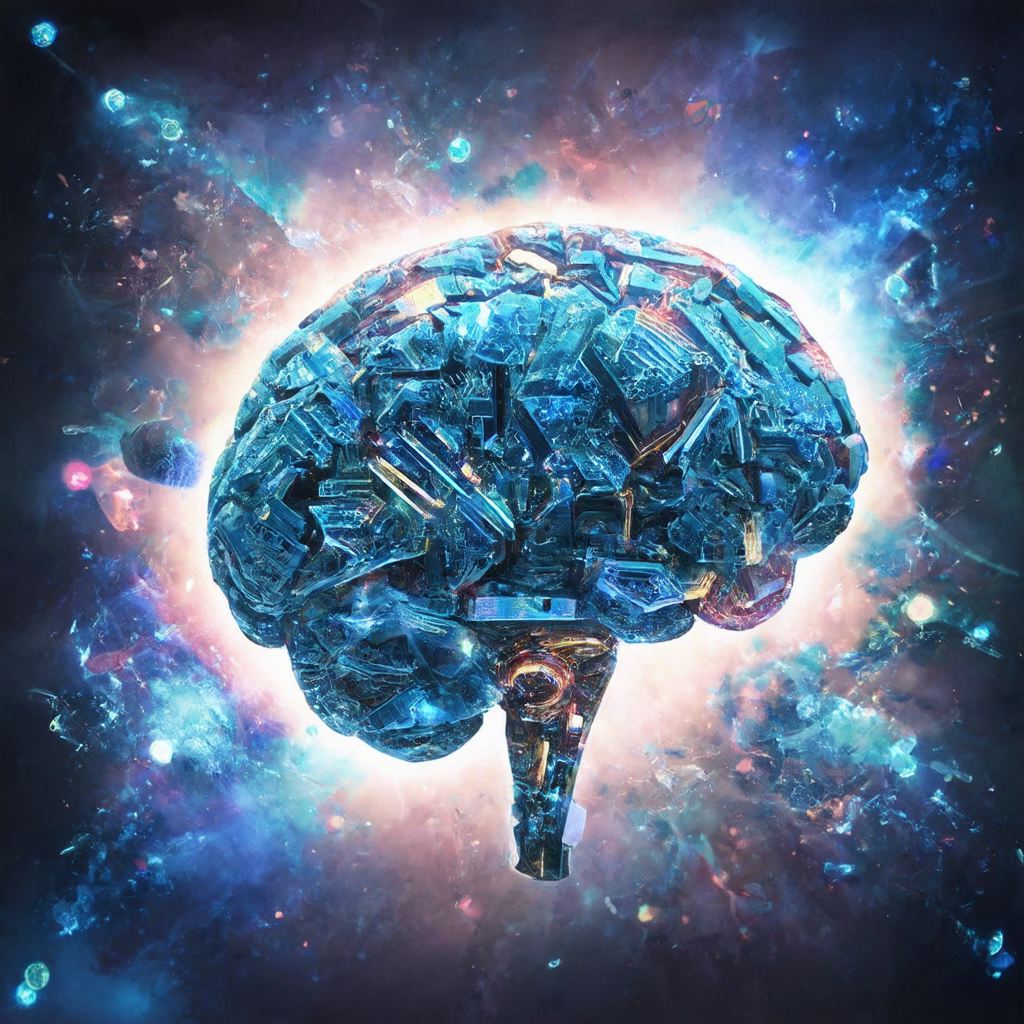
Exploring AI-Powered Chatbot Builders
As we dive deeper into the world of chatbot builders, it’s crucial to explore the AI-powered solutions that are revolutionizing the industry. AI chatbot builders leverage advanced algorithms and machine learning to create more intelligent and responsive conversational interfaces. These cutting-edge tools are empowering businesses to deliver exceptional customer experiences and streamline their operations.
At Messenger Bot, we’ve witnessed firsthand the transformative impact of AI-powered chatbot builders. Our platform integrates sophisticated AI technology to help businesses create chatbots that can understand context, learn from interactions, and provide more natural, human-like responses.
Which chatbot builder is best?
Determining the best chatbot builder depends on your specific needs, budget, and technical expertise. While we believe our Messenger Bot platform offers a comprehensive solution, it’s important to consider other reputable options in the market.
Some top contenders in the AI chatbot builder space include:
- Messenger Bot: Our platform offers a user-friendly interface, advanced AI capabilities, and seamless integration with popular messaging platforms.
- Dialogflow: Google’s offering provides robust natural language processing and integration with Google services.
- Botpress: An open-source platform that offers flexibility and customization options for developers.
- Brain Pod AI: Known for its multilingual AI chat assistant capabilities and advanced features.
Each of these chatbot builders has its strengths, and the best choice will depend on your specific requirements and use case.
Comparing top AI chatbot builder platforms
When comparing AI chatbot builder platforms, it’s essential to consider several key factors:
- Ease of use: Look for platforms with intuitive interfaces that don’t require extensive coding knowledge.
- AI capabilities: Evaluate the natural language processing and machine learning features of each platform.
- Integration options: Ensure the platform can integrate seamlessly with your existing systems and messaging channels.
- Scalability: Choose a solution that can grow with your business and handle increasing volumes of conversations.
- Analytics and reporting: Robust analytics tools are crucial for optimizing your chatbot’s performance.
Our Messenger Bot platform excels in these areas, offering a balance of powerful AI capabilities and user-friendly design. We provide comprehensive analytics and seamless integration with popular messaging platforms, making it an excellent choice for businesses of all sizes.
However, it’s worth exploring other options like Brain Pod AI, which offers advanced features such as multilingual support and AI-powered image generation. Their platform could be particularly beneficial for businesses with diverse language requirements or those looking to incorporate visual elements into their chatbot interactions.
Ultimately, the best AI chatbot builder for your business will depend on your specific needs, technical capabilities, and budget. We recommend trying out a free trial of different platforms to find the one that best suits your requirements and helps you create the most effective chatbot for your audience.
III. Building Your Own Chatbot
Building your own chatbot has become increasingly accessible with the advent of advanced chatbot builder platforms. These tools empower businesses and individuals to create sophisticated AI-powered chatbots without extensive coding knowledge. By leveraging a robust chatbot builder, you can design conversational interfaces that enhance customer engagement and streamline various business processes.
A. How do I build my own chatbot?
Creating your own chatbot involves several key steps:
- Define your objectives: Clearly outline the purpose of your chatbot and the problems it aims to solve.
- Choose a platform: Select a chatbot builder platform that aligns with your needs and technical expertise.
- Design conversation flows: Map out the dialogue structure and potential user interactions.
- Develop content: Create responses and scripts for various scenarios.
- Integrate AI capabilities: Utilize natural language processing to enhance the chatbot’s understanding and responsiveness.
- Test and refine: Continuously improve your chatbot based on user interactions and feedback.
Platforms like Messenger Bot offer intuitive interfaces and powerful AI capabilities, making it easier for businesses to create sophisticated chatbots. These chat bot builders often include drag-and-drop features, pre-built templates, and integration options with popular messaging platforms.
B. Step-by-step guide to creating a chatbot
Follow this detailed guide to build your chatbot using a chatbot builder platform:
- Sign up and set up: Create an account on your chosen chatbot builder platform and familiarize yourself with the interface.
- Select a template or start from scratch: Choose a pre-designed template or begin with a blank canvas, depending on your specific needs.
- Design the conversation flow: Use the platform’s visual editor to map out the chatbot’s dialogue structure.
- Create and customize messages: Craft engaging responses and incorporate rich media elements like images or buttons.
- Implement AI and NLP: Leverage the platform’s AI capabilities to enhance the chatbot’s language understanding and processing.
- Set up integrations: Connect your chatbot to relevant tools and platforms, such as CRM systems or payment gateways.
- Test thoroughly: Simulate various user interactions to ensure your chatbot functions as intended.
- Deploy and monitor: Launch your chatbot and continuously analyze its performance using the platform’s analytics tools.
By following these steps and utilizing a robust AI chatbot builder like Brain Pod AI, you can create a powerful conversational agent tailored to your business needs. Remember to regularly update and refine your chatbot based on user feedback and changing requirements to ensure it remains effective and relevant.
Free and Open-Source Chatbot Solutions
As the demand for chatbot technology grows, many businesses and developers are turning to free and open-source solutions to build their own AI-powered conversational agents. These options provide a cost-effective way to create chatbots without the need for significant financial investment. Let’s explore some of the available free chatbot builders and open-source alternatives.
Is ChatbotBuilder AI free?
While many chatbot builders offer free trials or limited free plans, fully-featured AI chatbot builders often come with a cost. However, at Messenger Bot, we provide a comprehensive free trial offer that allows users to explore our AI-powered chatbot builder and experience its capabilities firsthand. This trial period gives businesses the opportunity to test our platform’s features and determine if it meets their specific needs before committing to a paid plan.
It’s important to note that while some platforms advertise themselves as completely free, they may have limitations in terms of functionality, customization options, or the number of interactions allowed. For businesses seeking a robust chatbot solution, investing in a paid platform like Messenger Bot can provide access to advanced features, better support, and scalability.
Exploring open-source chatbot builder options
For those with technical expertise or development resources, open-source chatbot builders offer a flexible and customizable alternative. These platforms allow developers to create and modify chatbots to suit their specific requirements. Some popular open-source chatbot frameworks include:
- RASA: A powerful open-source machine learning framework for automated text and voice-based conversations.
- Botpress: An open-source chatbot platform that combines natural language understanding with a visual flow editor.
- ChatterBot: A Python library that makes it easy to generate automated responses to user inputs.
While open-source solutions provide greater control and customization, they often require more technical knowledge and development time compared to ready-to-use platforms like Messenger Bot. Our AI chatbot builder offers a user-friendly interface and pre-built templates, making it easier for businesses to create and deploy chatbots quickly without extensive coding experience.
When choosing between free, open-source, and paid chatbot builders, consider factors such as your technical expertise, desired features, and long-term scalability. While free and open-source options can be attractive for initial experimentation, platforms like Messenger Bot offer a balance of ease-of-use, advanced features, and ongoing support that can be crucial for businesses looking to implement effective chatbot solutions.
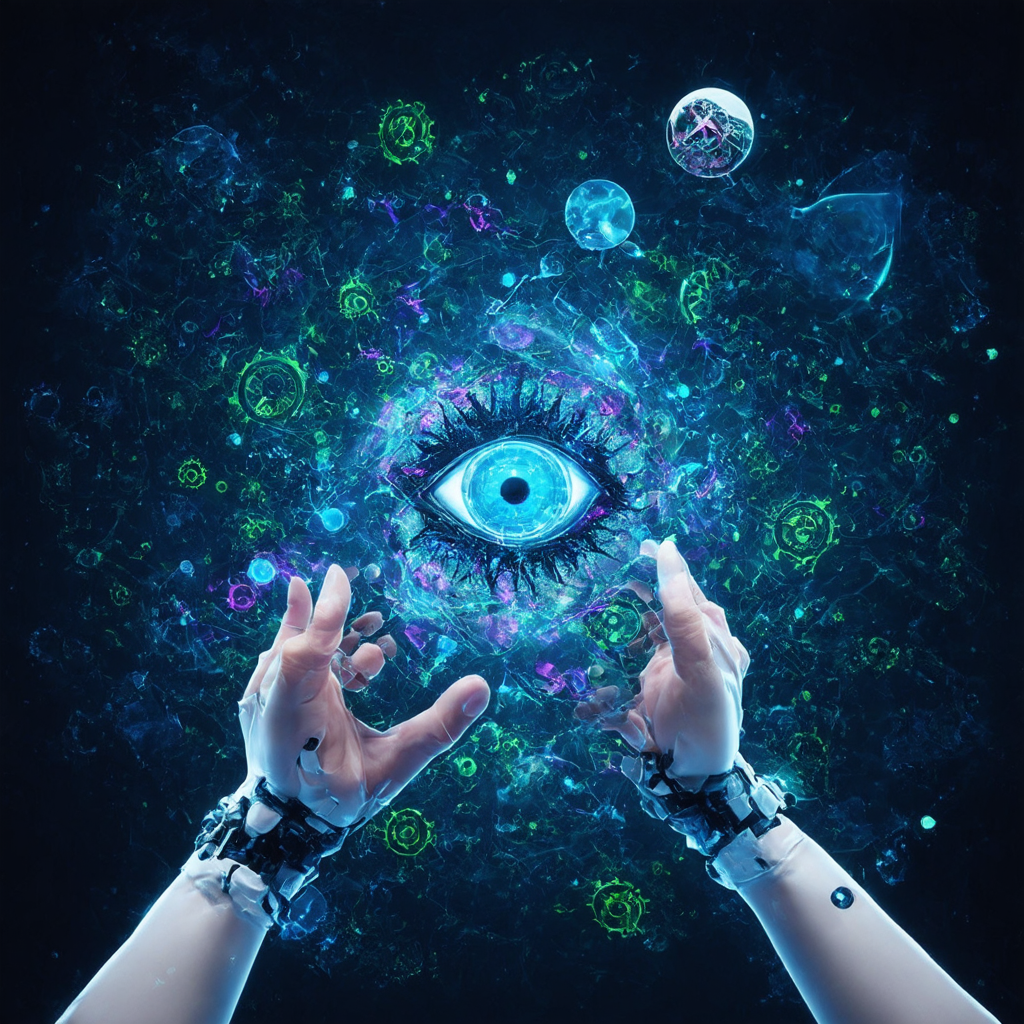
V. Online Chatbot Creation Tools
In today’s digital landscape, online chatbot builders have become indispensable tools for businesses looking to enhance their customer engagement strategies. These platforms offer a user-friendly approach to creating intelligent chatbots without the need for extensive coding knowledge. Let’s explore the advantages of using these tools and some of the top options available in the market.
A. Benefits of using online chatbot builders
Online chatbot builders provide numerous advantages for businesses of all sizes:
- Ease of Use: With intuitive drag-and-drop interfaces, these platforms allow even non-technical users to create sophisticated chatbots quickly.
- Cost-Effectiveness: By eliminating the need for a dedicated development team, online chatbot builders significantly reduce the cost of implementing conversational AI.
- Rapid Deployment: Chatbots can be built and launched in a matter of hours or days, rather than weeks or months.
- Scalability: As your business grows, these platforms can easily accommodate increased chat volumes and more complex conversation flows.
- Integration Capabilities: Many chatbot builders offer seamless integration with popular messaging platforms and CRM systems, enhancing your overall customer service strategy.
At Messenger Bot, we’ve designed our platform to encompass all these benefits, ensuring that businesses can create powerful AI-driven chatbots with ease.
B. Top chatbot builder software for online use
When it comes to selecting the best chatbot builder software, several options stand out in the market:
- Messenger Bot: Our AI-powered platform offers advanced features like multilingual support, workflow automation, and seamless integration with popular social media platforms. It’s an ideal choice for businesses looking to create sophisticated chatbots without coding expertise.
- Dialogflow: Google’s chatbot builder is known for its natural language processing capabilities and integration with Google Cloud services.
- MobileMonkey: This platform specializes in creating chatbots for Facebook Messenger and Instagram, making it a solid choice for social media-focused businesses.
- Chatfuel: Popular among marketers, Chatfuel offers a user-friendly interface and robust analytics for Facebook Messenger bots.
- ManyChat: Another Facebook Messenger-focused platform, ManyChat is known for its ease of use and marketing automation features.
While these platforms offer various features, Messenger Bot stands out with its comprehensive set of tools designed to cater to businesses of all sizes. Our platform combines the best of AI technology with user-friendly interfaces, ensuring that you can create chatbots that truly elevate your customer engagement.
For those interested in exploring more advanced AI solutions, Brain Pod AI offers cutting-edge generative AI tools that can complement your chatbot strategy, enhancing your overall AI-driven customer interaction capabilities.
By leveraging the power of online chatbot builders, businesses can quickly implement conversational AI solutions that improve customer service, boost engagement, and drive growth. As the chatbot industry continues to evolve, these tools will play an increasingly crucial role in shaping the future of customer interactions.
VI. Leveraging ChatGPT for Chatbot Development
As a chatbot builder, I’ve seen firsthand how ChatGPT has revolutionized the way we develop and enhance conversational AI. This powerful language model, developed by OpenAI, has become an integral part of many advanced chatbot platforms, including our own Messenger Bot.
ChatGPT’s natural language processing capabilities allow for more human-like interactions, making it an invaluable tool for businesses looking to create sophisticated chatbots. By integrating ChatGPT into your chatbot builder, you can significantly improve the quality and effectiveness of your automated customer interactions.
A. Integrating ChatGPT into your chatbot builder
Integrating ChatGPT into your chatbot builder can be a game-changer for your conversational AI strategy. Here’s how you can leverage this technology:
1. API Integration: Many chatbot builders, including Messenger Bot, offer seamless integration with ChatGPT through API calls. This allows you to harness the power of ChatGPT’s language model within your existing chatbot framework.
2. Training and Fine-tuning: Use ChatGPT to train your chatbot on specific topics or industry jargon. This ensures that your bot can handle complex queries and provide accurate, contextually relevant responses.
3. Natural Language Understanding: ChatGPT excels at understanding user intent, even when queries are phrased in various ways. This capability helps your chatbot interpret and respond to a wide range of user inputs more effectively.
4. Content Generation: Utilize ChatGPT to generate dynamic responses, allowing your chatbot to engage in more diverse and context-aware conversations.
5. Multilingual Support: ChatGPT’s multilingual capabilities can be leveraged to create chatbots that communicate effectively in multiple languages, breaking language barriers and expanding your global reach.
B. Advanced features of ChatGPT-powered chatbots
ChatGPT-powered chatbots offer a range of advanced features that can significantly enhance your customer engagement strategies:
1. Contextual Understanding: ChatGPT-powered bots can maintain context throughout a conversation, providing more coherent and relevant responses over extended interactions.
2. Sentiment Analysis: These chatbots can detect and respond to user emotions, allowing for more empathetic and personalized interactions.
3. Knowledge Base Integration: ChatGPT can be integrated with your existing knowledge base, allowing the chatbot to pull information from various sources and provide comprehensive answers.
4. Adaptive Learning: With proper implementation, ChatGPT-powered chatbots can learn from interactions and improve their responses over time, becoming more efficient and accurate.
5. Complex Query Handling: These advanced chatbots can handle multi-turn conversations and complex queries that might stump simpler rule-based bots.
6. Content Summarization: ChatGPT can summarize long pieces of text, allowing your chatbot to provide concise answers to user queries.
7. Language Translation: Leveraging ChatGPT’s multilingual capabilities, your chatbot can offer real-time translation services, breaking down language barriers in customer support.
By integrating ChatGPT into your chatbot builder, you’re not just creating a simple Q&A bot; you’re developing an intelligent conversational agent capable of understanding context, generating human-like responses, and adapting to various scenarios. This level of sophistication can significantly enhance customer experiences, streamline support processes, and drive engagement across multiple channels.
While platforms like Dialogflow and Botpress offer robust chatbot building capabilities, our Messenger Bot platform combines the power of ChatGPT with user-friendly tools and extensive customization options, making it an excellent choice for businesses looking to leverage advanced AI in their chatbot strategy.
VII. Choosing the Right Chatbot Builder Platform
When it comes to selecting the perfect chatbot builder for your business, several crucial factors come into play. As the landscape of AI-powered chatbots continues to evolve, it’s essential to make an informed decision that aligns with your specific needs and goals.
A. Key factors to consider when selecting a chatbot creator
1. Ease of Use: Look for a chatbot builder platform that offers an intuitive interface and doesn’t require extensive coding knowledge. Platforms like Messenger Bot provide user-friendly tools that allow even non-technical users to create sophisticated chatbots.
2. Customization Options: The best chatbot builders offer a wide range of customization features. This allows you to tailor your chatbot’s appearance and functionality to match your brand identity and specific use cases.
3. Integration Capabilities: Ensure the chatbot builder can seamlessly integrate with your existing systems and tools, such as CRM software, social media platforms, and e-commerce solutions.
4. AI and NLP Capabilities: Advanced natural language processing (NLP) and machine learning features are crucial for creating intelligent, context-aware chatbots. Look for platforms that leverage cutting-edge AI technologies to enhance conversational abilities.
5. Scalability: Choose a platform that can grow with your business. As your needs evolve, your chatbot builder should be able to handle increased traffic and more complex interactions without compromising performance.
6. Analytics and Reporting: Robust analytics tools are essential for measuring your chatbot’s performance and identifying areas for improvement. Look for platforms that offer detailed insights into user interactions, conversion rates, and other key metrics.
7. Multilingual Support: If you serve a global audience, consider a chatbot builder that supports multiple languages. This feature can significantly expand your reach and improve customer satisfaction across different regions.
8. Pricing Structure: Evaluate the pricing models of different chatbot builders to ensure they align with your budget and offer good value for the features provided. Some platforms, like Brain Pod AI, offer flexible pricing options to suit various business sizes and needs.
B. Best practices for implementing chat builders in your business
1. Define Clear Objectives: Before diving into chatbot development, clearly outline your goals. Whether it’s improving customer service, generating leads, or automating tasks, having well-defined objectives will guide your implementation strategy.
2. Start Simple and Iterate: Begin with a basic chatbot that addresses your most common customer queries. As you gather user feedback and analyze performance data, gradually expand its capabilities and complexity.
3. Personalize the Experience: Leverage your chatbot builder’s AI capabilities to create personalized interactions. Use customer data to tailor responses and recommendations, enhancing user engagement and satisfaction.
4. Maintain a Human Touch: While automation is powerful, it’s crucial to strike a balance between AI efficiency and human empathy. Incorporate options for users to connect with human agents when needed, ensuring a seamless transition from bot to human support.
5. Regularly Update and Optimize: The AI landscape is constantly evolving. Stay updated with the latest features and best practices in chatbot development. Continuously refine your chatbot’s responses and workflows based on user interactions and feedback.
6. Ensure Data Security and Privacy: Choose a chatbot builder that prioritizes data protection and complies with relevant regulations like GDPR. Implement strong security measures to safeguard sensitive customer information.
7. Provide Clear Instructions: Make it easy for users to interact with your chatbot by providing clear guidelines and examples of how to use it effectively. This can significantly improve user adoption and satisfaction.
8. Integrate Across Channels: Implement your chatbot across multiple platforms where your customers are most active. This could include your website, Facebook Messenger, WhatsApp, or other relevant channels.
9. Monitor and Respond to Feedback: Actively seek and respond to user feedback about your chatbot. This valuable input can help you identify areas for improvement and enhance the overall user experience.
10. Train Your Team: Ensure that your customer service team is well-versed in working alongside the chatbot. They should understand its capabilities and limitations to provide seamless support when human intervention is necessary.
By carefully considering these factors and following these best practices, you can select and implement a chatbot builder that not only meets your current needs but also positions your business for future growth and success in the ever-evolving world of AI-powered customer engagement.
